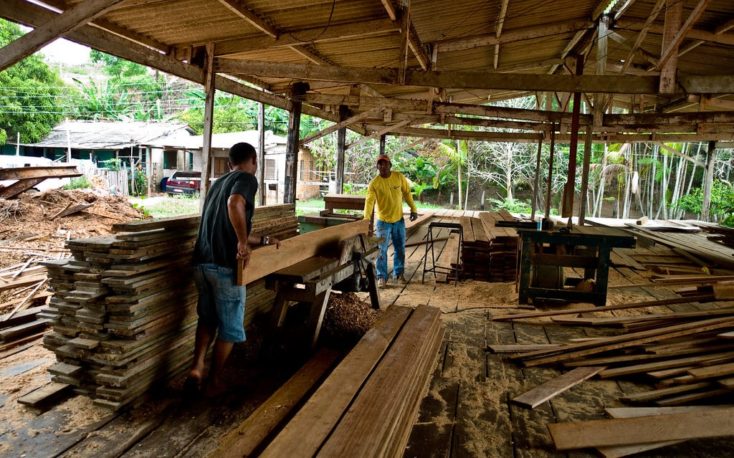
Chairman of the Association of Indonesian Forest Concessionaires (APHI), Indroyono Soesilo, has called for more efforts by the Indonesian embassies in Europe to identify market opportunities for wood products.
He pointed out that the European Union is the fourth largest export destination for Indonesian forest products after China, Japan and the United States. In 2019, Indonesian forest product exports to the European Union earned more than US$1 billion.
Indroyono said the pandemic had dented exports of Indonesian forest products to Europe. In the first 5 months of 2020 there was a 17% year on year decline in the value of exports.
The Indonesian Ambassador for Belgium, Luxembourg and the European Union, Yuri Thamrin, reported that demand for forest product in the EU member states is over US$150 billion annually but Indonesia’s share of the market is very low. Yuri suggested it would help if Indonesia had warehousing facilities for Indonesian wood products at one of the main ports to raise efficiency and lower the logistics costs.
In related news, Indroyono said APHI is optimistic about the market penetration in some countries such as South Korea where exports in 2019 topped reached US$700 million. Even during the first 5 months of this year exports continued to rise. He suggested that South Korea should consider adjusting import tariffs to encourage more imports from Indonesia.
Association – Indonesia yet to become a global player in furniture market
Setyo Wisnu Broto, Secretary General of the Indonesian Light Wood Association (ILWA) in Sukoharjo, Central Java considers that Indonesia has a long way to go before it can take its place as a force in the global wood and furniture business.
While proudly reporting export revenue this, in the past, has not been presented alongside the global value of furniture exports. If it had, he said, it would show Indonesia lags far behind other countries.
He expressed concern that the furniture sector suffers because the government issues regulations that are not pro-business and counterproductive.
In addition, the timber and furniture industries have failed to modernize processing and management skills. He also pointed out that the banking sector is not well informed of the potential for furniture exports which is behind its reluctance to support the industry with competitive loans.





